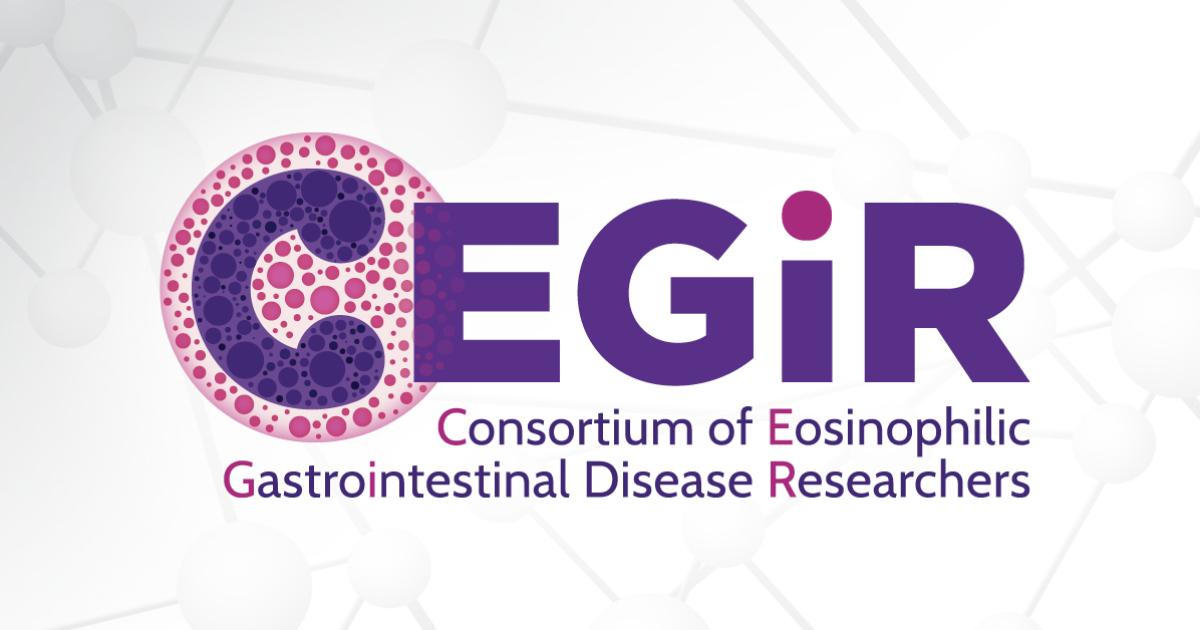For patients with eosinophilic esophagitis (EoE)—a chronic immune disease typically triggered by food allergens—treatment often focuses on food elimination diets. Conventional therapy involves eliminating six food groups. However, new research from the Consortium of Eosinophilic Gastrointestinal Disease Researchers (CEGIR) suggests that eliminating a single food may be just as effective.
The new study, published in The Lancet Gastroenterology & Hepatology on February 27, 2023, compared the standard six-food elimination diet with elimination of animal milk alone. “Our findings substantiate the effectiveness of food elimination diets as therapy and support using a one-food elimination diet as an initial approach,” says Marc Rothenberg, MD, PhD, senior author and principal investigator of CEGIR.
Improving a Trial-and-Error Process
EoE is caused by a buildup of eosinophils—white blood cells of the immune system—in the esophagus. Certain foods can stimulate this immune response and lead to tissue damage. Patients often experience painful symptoms, including difficulty swallowing, food getting stuck in the throat, vomiting, reflux, malnourishment, and poor appetite. This can make eating difficult or even impossible.
Food elimination diets can help to alleviate these symptoms, but the process is often trial-and-error. Therapy involves either eliminating all foods and slowly adding them back or eliminating specific disease-triggering foods one by one. Both strategies can be time-consuming, costly, and difficult to maintain, making it challenging to find an effective elimination diet that is personalized to each patient. Many opt for steroid therapy instead, even though these medicines have known side effects.
Inspired by CEGIR’s patient advocacy groups, researchers set out to answer the question—what if therapy could begin with a simpler, easier diet? To find out, the team explored how a one-food (animal milk) elimination diet (1FED) would measure up to the gold-standard, six-food (animal milk, wheat, egg, soy, nuts, seafood) elimination diet (6FED).
Validating an Easier Approach
Previous data on various food elimination strategies for EoE was lacking and often based on single-center studies. To address these issues, researchers set out to conduct the first multicenter, randomized trial of dietary elimination therapy in adults with EoE. CEGIR members worked together to recruit 129 patients with active EoE across 10 CEGIR clinical sites. Participants were randomized to 1FED or 6FED for six weeks. Next, experts in the CEGIR pathology core conducted a central review of esophageal biopsies under the microscope to assess the efficacy of each approach—and the results were surprising.
“The primary hypothesis of this trial was that the standard 6FED would be superior to 1FED in achieving histologic remission in adult EoE,” says Kara Kliewer, RD, PhD, co-first author and CEGIR project manager. “We were surprised when we failed to demonstrate this. Instead, we found both diets were similarly effective across multiple metrics.”
Results show that 1FED and 6FED achieved similar remission rates and comparable improvements in histologic and endoscopic features. Among the small number of participants who did not respond to 1FED and opted to try 6FED, the team also found that almost half achieved histologic remission.
“We concluded that it is reasonable to start with the elimination of milk alone—which may be easier for patients—and ‘step up’ to a more restrictive diet such as 6FED if needed,” says Kliewer. “This may increase the number of patients willing to try diet to manage their EoE.”
Findings may also increase confidence among clinicians when advising patients on the efficacies of different elimination diets. As study data comes from clinical sites throughout the United States, results are more generalizable and better reflect efficacies commonly seen in clinical practice when compared to previous studies.
“We need to see if the preliminary biomarkers identified in this study will hold up as being predictive of responsiveness to the milk elimination diet,” says Rothenberg. “Current studies with artificial intelligence are aimed at predicting which patients will respond to which diets, using a variety of patient assessments including clinical phenotype, biopsy characteristics, and molecular markers.”
The Consortium of Eosinophilic Gastrointestinal Disease Researchers (CEGIR) is part of the Rare Diseases Clinical Research Network (RDCRN), which is funded by the National Institutes of Health (NIH) and led by the National Center for Advancing Translational Sciences (NCATS) through its Division of Rare Diseases Research Innovation (DRDRI). CEGIR is funded under grant number U54AI117804 as a collaboration between NCATS, the National Institute of Allergy and Infectious Diseases (NIAID), and the National Institute of Diabetes and Digestive and Kidney Diseases (NIDDK) and receives extra funding support from its key patient advocacy groups, American Partnership for Eosinophilic Diseases (APFED), the Campaign Urging Research for Eosinophilic Diseases (CURED) and Eosinophilic Family Coalition (EFC).






